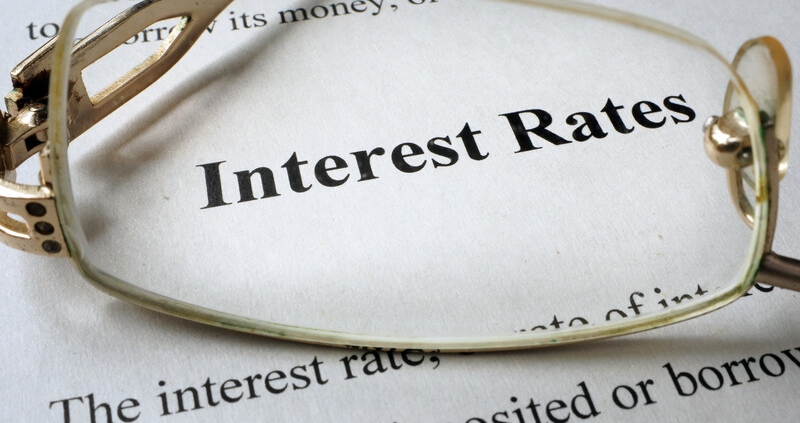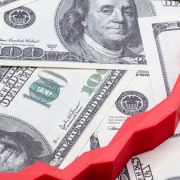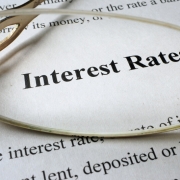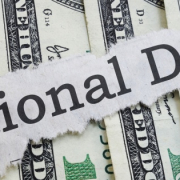Powell’s Congressional Testimony Likely Means More Rate Hikes
As they say, if you don’t want the answer, don’t ask the question. But Congress did insist that Federal Reserve Chair Jerome Powell talk about the economy and the Fed’s take this morning. His testimony is probably not what most people want to hear, but certainly what businesspeople, especially in CRE, need to.
If, like an economic Dylan Thomas, you were concerned that the Fed’s policies might go gentle into that good night, don’t worry, they aren’t.
In the testimony, Powell quickly invoked the Fed’s dual mandate of promoting maximum employment and stable prices. Notice, there is no direct mention of easing business costs or supporting asset prices. Those are supposed to come as byproducts — boost business to indirectly promote employment and slow it to moderate prices.
“We have covered a lot of ground, and the full effects of our tightening so far are yet to be felt,” Powell said, for those who want a pause to assess progress. “Even so, we have more work to do. Our policy actions are guided by our dual mandate to promote maximum employment and stable prices. Without price stability, the economy does not work for anyone. In particular, without price stability, we will not achieve a sustained period of labor market conditions that benefit all.”
Or, as Oxford Economics translated in an emailed note: “Fed Chair Jerome Powell used his semi-annual testimony to push back against financial markets as his comments were hawkish, noting that the terminal rate for the fed funds rate could be higher than previously anticipated. He noted that he isn’t hesitant to increase the pace of rate hikes if the data on employment and inflation continue to come in stronger than anticipated.”
Although inflation had seemed to be slowing, January was a jarring reminder that inexorable progress toward goals is unusual. Jobs, consumer spending, manufacturing numbers, and inflation “reversed the softening trends that we had seen in the data just a month ago.”
It was the “breadth of the reversal” that meant inflation was running hotter than during the last meeting of the Fed’s Federal Open Market Committee. And even then, the underlying message was not to expect immediate lower interest rates.
Inflation “remains well above the FOMC’s longer-run objective of 2 percent,” and Powell was talking not just the overall number, in which housing costs were a major driver. He specifically mentioned core personal consumption expenditures (PCE) inflation without the volatility of food and energy that push upwards, and core services without housing, which discounts that outlier.
“Although nominal wage gains have slowed somewhat in recent months, they remain above what is consistent with 2 percent inflation and current trends in productivity,” said Powell. “Strong wage growth is good for workers but only if it is not eroded by inflation.”
Then he got to interest rates. “We continue to anticipate that ongoing increases in the target range for the federal funds rate will be appropriate in order to attain a stance of monetary policy that is sufficiently restrictive to return inflation to 2 percent over time. In addition, we are continuing the process of significantly reducing the size of our balance sheet.”
So, continuation of maybe 25-basis point increases and also continued scaling down of the balance sheet, which means reducing purchases of bonds that help fuel home mortgages and, so, that entire part of the construction and sales ecosystem.
However, the maybe is not to be ignored.
“While a quarter-point increase in the Federal Funds rate is still the most likely outcome of the Federal Reserve’s March meeting, expect the Fed to adopt a half-point increase in March if data on inflation and labor conditions continue to run hotter than expected,” said Marty Green, a principal with mortgage law firm, Polunsky Beitel Green, in an emailed note.
Source: GlobeSt.











